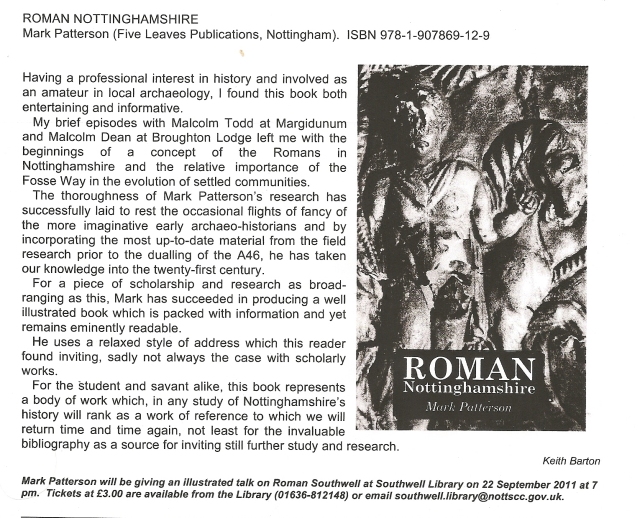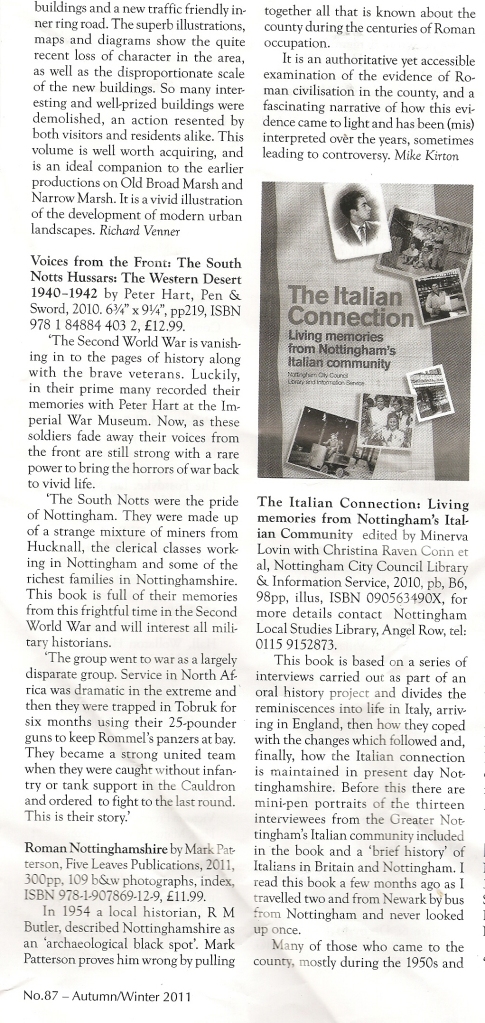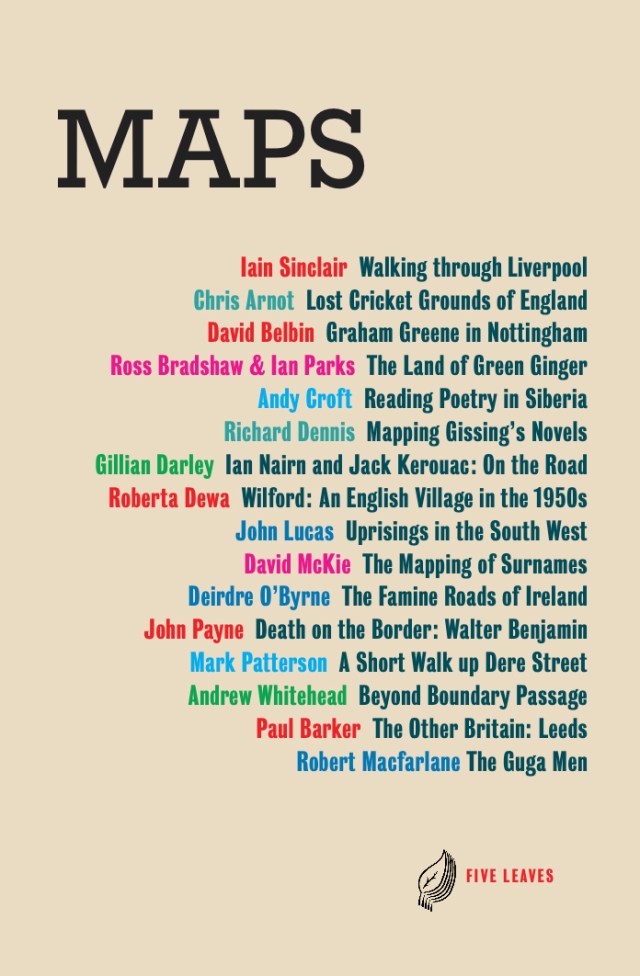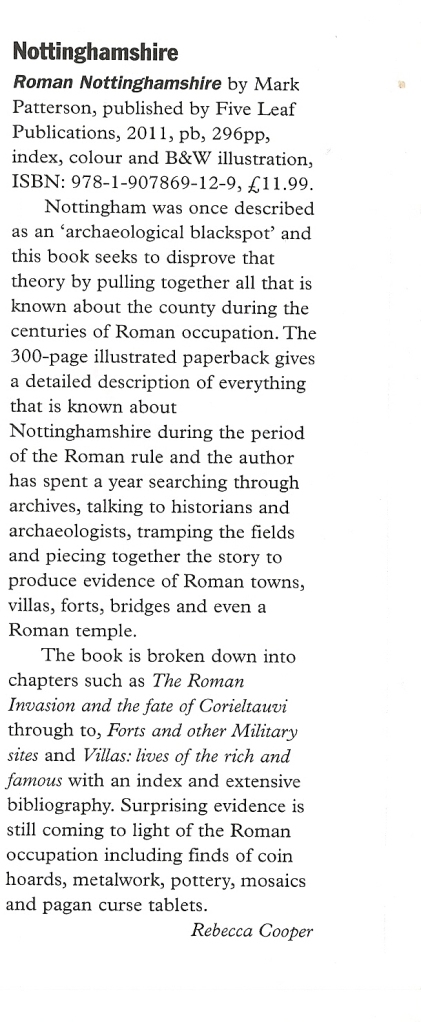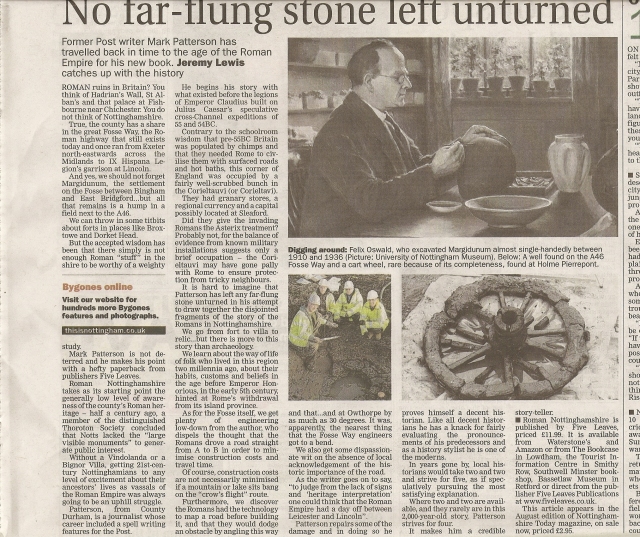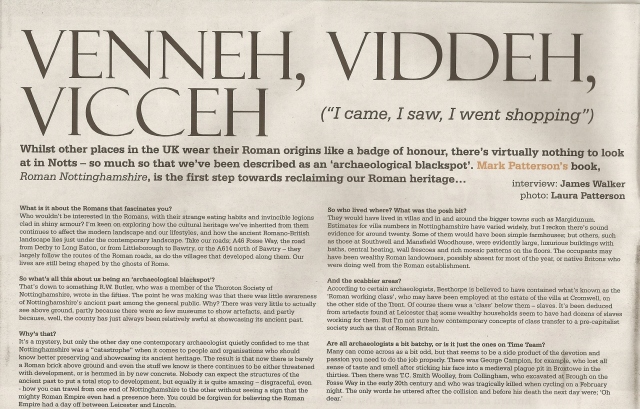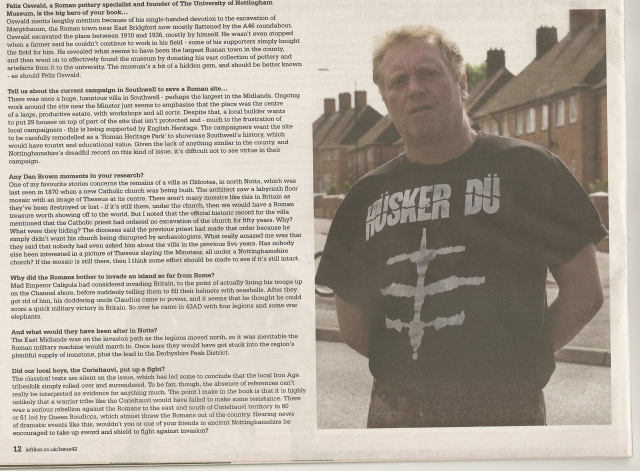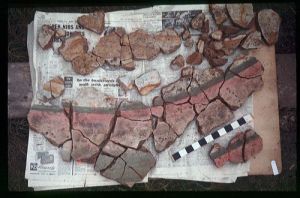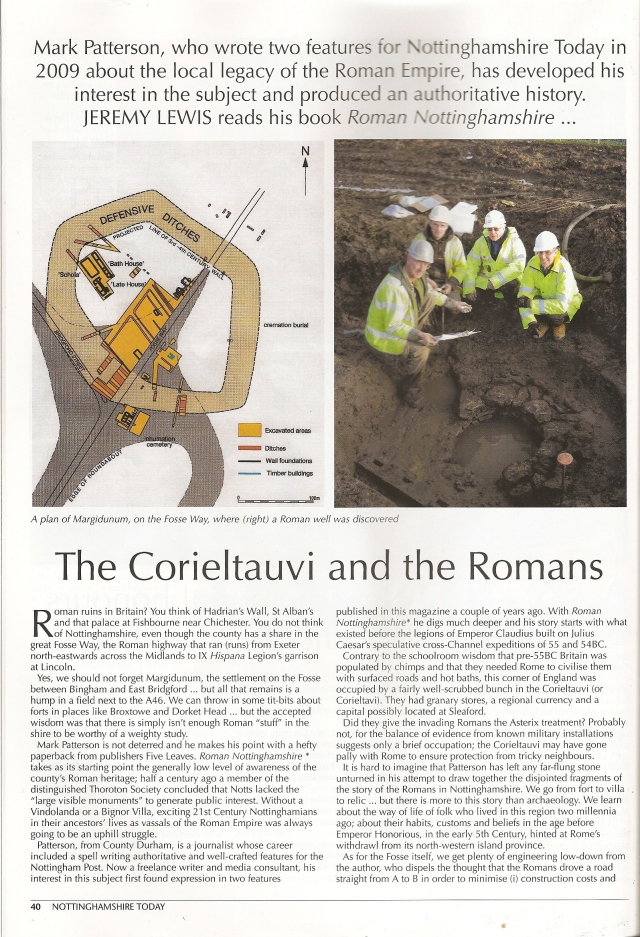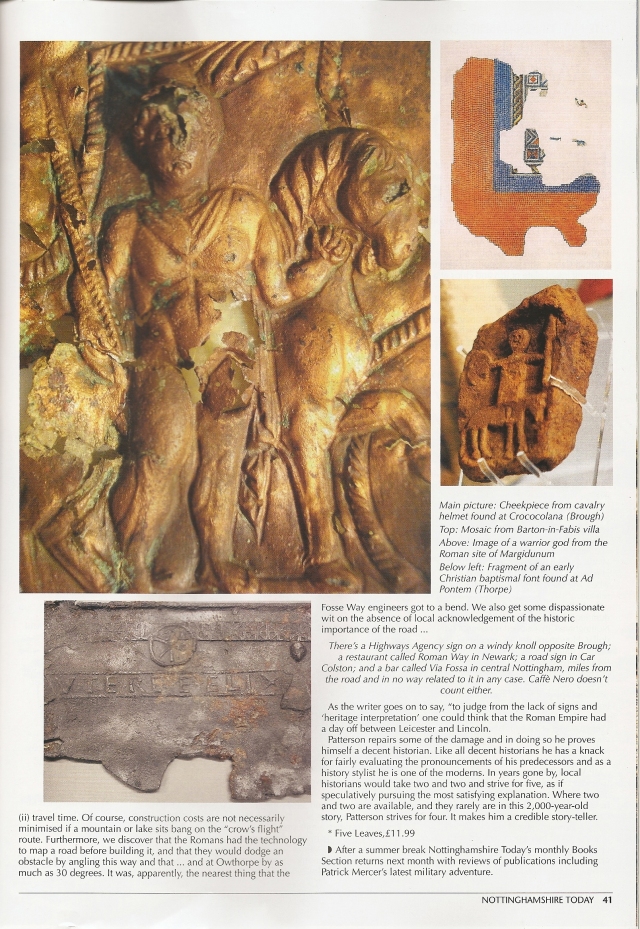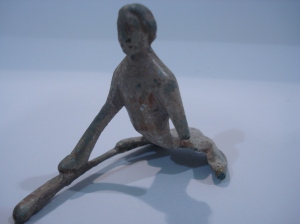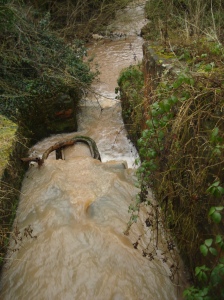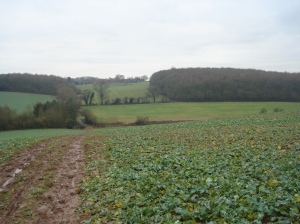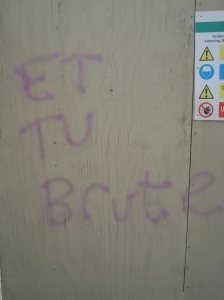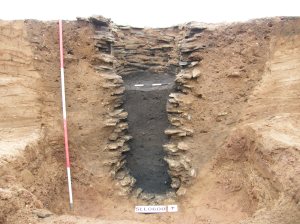
cross-section of a well found at the Romano-British village. This image and all others on this page are copyright of Tarmac and Trent and Peak Archaeology.
A previously unknown Romano-British village has been found at Tarmac’s Langford Quarry, near Collingham. Measuring approximately 0.5km by 400m, including its field systems, the village has yielded artefacts from the Neolithic to the Anglo Saxon periods, with the Roman finds including the exceptional number of eight stone-lined wells (see left), 26 burials, ‘vast’ amounts of pottery, including fine Samianware and 200 coins up to the reign of the Emperor Constantine in the early 4th century. The work was led by Lee Elliott, head of project development at Trent and Peak Archaeology. News of the excavations was released by Tarmac in a press release, which says that finds also included Romano-British brooches, iron knives, pins, buckles, rings and lead weights as well as a ‘major number’ of animal bones. Pots were found in the well, which – as at Margidunum – contained timbers still carrying tool marks. Speaking to Roman Nottinghamshire, Lee said that the site had been known about two years ago but that the full extent of the village wasn’t recognised until the soil was stripped off.”It’s a multi-period site with evidence from the Neolithic, Iron Age, Roman and Anglo-Saxon periods,” he said. The core area of the village measures around 200m x 180m and what led archaeologists to believe that this was a village, rather than the kind of small farmstead found more often in the Trent Valley, was the number of stone wells and evidence of buildings as well as tracks, burials and metalwork finds. Altogether, the village is an exceptional find for the Trent Valley and Nottinghamshire, underlining how much more of the local Roman landscape remains to be discovered. Describing the Roman coins, Lee said they covered the 1st to 4th centuries, with most dated to the late 3rd and early 4th centuries. “A lot of them are going to have to be sent off for conservation because they have eroded in the acidic conditions,” he said. “There are a few silver ones from the 1st and 2nd centuries but most of them are bronzes from the late 3rd and early 4th centuries, which is what you would expect because of inflation at the time. The latest coins are from the House of Constantine.”
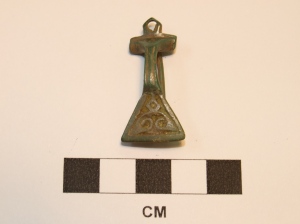
fan-tail brooch found at Langford Quarry
Reports on the excavations have been published in local media including The Newark Advertiser and the Nottingham Post. The Post report can be seen at http://www.thisisnottingham.co.uk/Major-Roman-near-Newark/story-13359342-detail/story.html while the Newark Advertiser piece is at http://www.newarkadvertiser.co.uk/articles/news/Ancient-finds-at-quarry.
Anyone interested in gaining a fuller picture of the density of settlement in the Trent Valley during the Roman period is advised to seek out the book The Emerging Past: Air Photography and the Buried Landscape, by Rowan Whimster, which was published by the Royal Commission on the Historical Monuments of England in 1989. The book describes a 15km long zone of dense occupation from Newark to Normanton-on-Trent, most of which remains unexcavated. Trent and Peak Archaeology, incidentally, is no longer part of the University of Nottingham but is now part of the York Archaeological Trust. Please note that the images on this page are all copyright of Tarmac and Trent and Peak Archaeology and should not be reproduced without their permission.
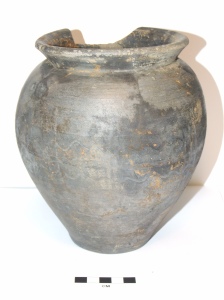
globular jar recovered from one of the eight wells
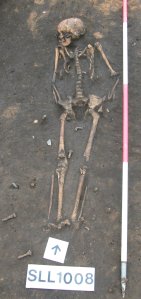
- One of the 26 Romano-British burials


